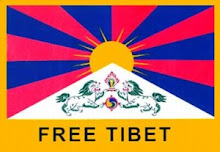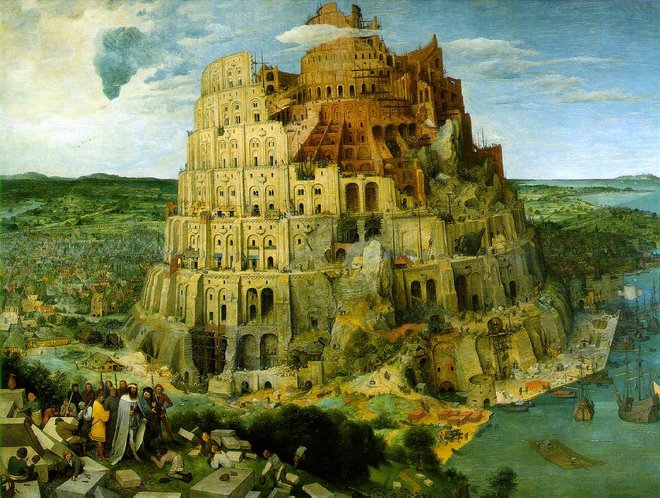
«The culmination of indigenous Chinese cartography is found in the contributions of Chu Ssu-Pen and his successors who, beginning in the Mongol Yuan Dynasty (1260 -1368), established a mapping tradition that provided the basis of China's cartographic knowledge which was not seriously challenged until the early 19th century. The Mongol conquests, besides promoting the unification of Asia and extending its sphere of influence as far as the boundaries of Europe, also combined growing commercial and intellectual contacts with Persians and Arabs to bring to China a wave of fresh information about the countries beyond its borders. Taking advantage of this explosion of knowledge, Chu Ssu-Pen (1273-1337) built upon a scientific cartographic heritage that extended back to P'ei Hsiu (Chin Dynasty, 3rd century A.D.) and the astronomer Chang Hêng (a contemporary of Ptolemy). Chu synthesized and collated the work of his predecessors with new knowledge acquired through both personal travel and the increased contact with the West to produce, between 1311 and 1320, a large roll-map of China and the surrounding regions. […]
Apart from the general map of China, there were sixteen sheets of the various provinces, sixteen of the border regions, three of the Yellow River, three of the Grand Canal, two of sea routes, and four sheets devoted to Korea, Annam, Mongolia and Central Asia. […]In spite of Chu Ssu-Pen's caution about far-distant regions, it is remarkable that, as Walter Fuchs has pointed out, Chu and his contemporaries had already recognized the triangular shape of Africa. Among the map sheets of Lo Hung-hsien's atlas, one is entitled The Countries in the South-western Sea which covers a considerable portion of the Indian Ocean and a large part of Africa. In European and Arabic maps of the 14th century the tip of Africa is always represented as pointing eastwards, and this is not corrected until the middle of the 15th century; the atlas revised by Lo Hung-hsien, however, has it pointing south, and other evidence shows that Chu Ssu-Pen must have drawn Africa in this way as early as 1315. Furthermore, in the interior of the continent, two rivers are shown flowing north, one emptying into a large body of water and the other leading further north but terminated by the margin of the map. The name of the latter river was rendered as Ha-na-i-ssu-chin, which is a possible corruption of the Arabic words Al-Nil-Azrak , meaning the Blue Nile. The island off the east coast is called San-pa Nu, apparently designating the source of the Zanzibar Slaves. On the upper left corner of the map, the coastline turns sharply westward, suggesting the orientation of what appears to be the Guinea coast. Between the west coast and the inland water body, one sees an area named Sang-ku, a Chinese transliteration of the Arabic term Zangue, or the Black People, hence the Congo. Below the inland water area and to the southwest of the river discharging into the lake is a name pronounced as Che-pu-lu-ma. The first three syllables combined are recognizable as a corruption of the Arabic word djebel, meaning "mountains". An obvious conjecture is that it is an elevated area which the Arabs called the Ma Mountains, corresponding closely to the titled plateau of the Drakensberg, and evidenced by a later map produced in 1402 by the Ming cartographer named Ch'üan Chin. […]On the upper right-hand corner of the map, one sees the southern portion of Asia, gridded by vertical and horizontal lines and bulging out toward Sumatra, the largest island on the map, with Java next on the right. Near the edge of the continent are marked Such places as Chan-ch'eng [Champa or Vietnam], Mien-tien [Burma], Hsien-lo [Thailand] and Meng-to [the Tenasserim Coast]. Areas covered by a wave pattern are ocean waters stretching from the South China Sea in the lower right to Africa on the upper left and doned with a score of island names. The empty portions in the lower left and at the bottom of the map naturally suggest areas totally unknown. […]» (Read the full monograph)











1 comment:
Fascinating! Thank you for sharing this.
Post a Comment